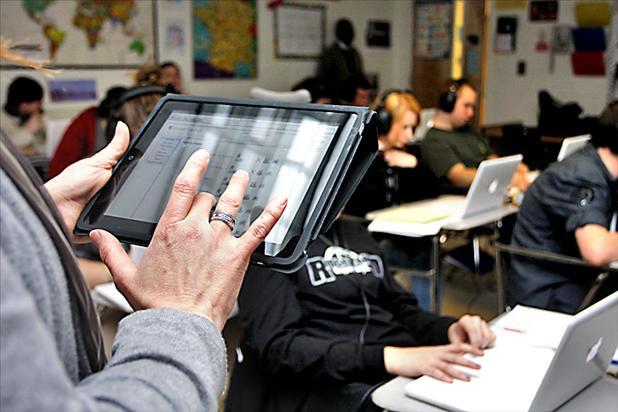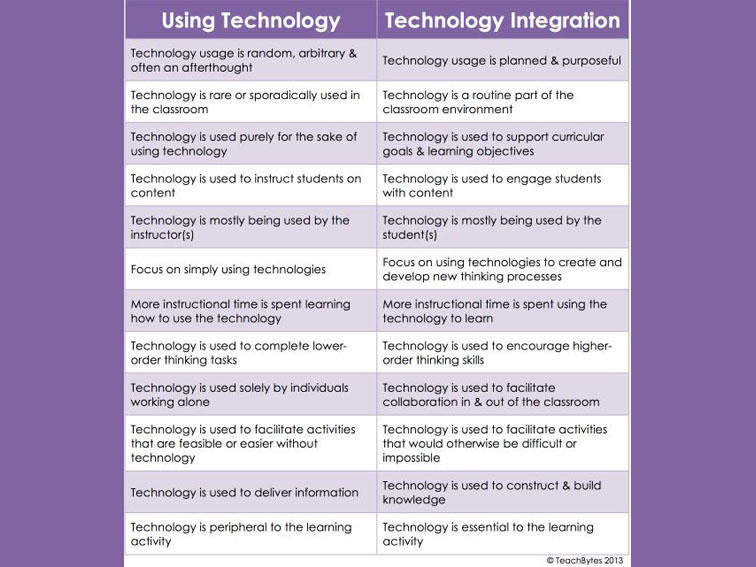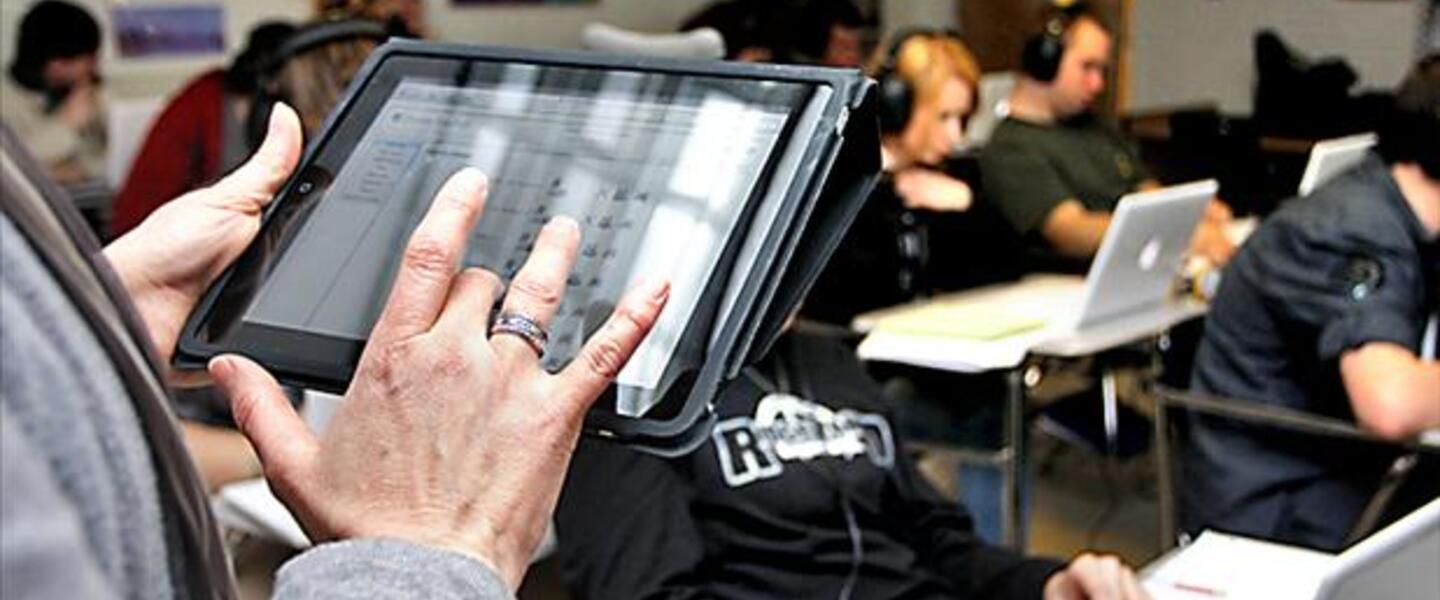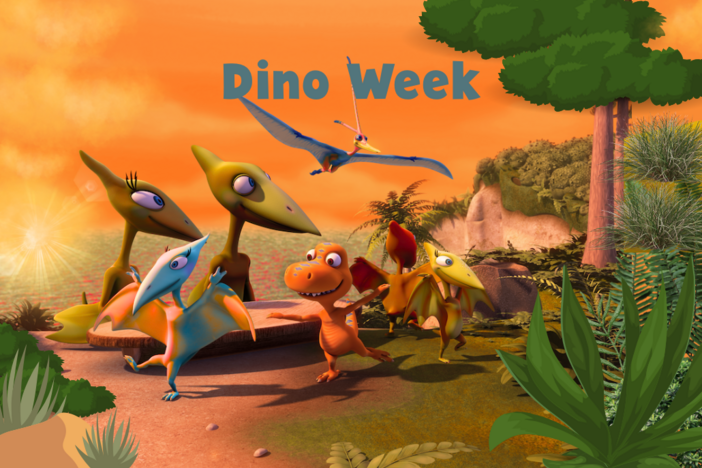
Section Branding
Header Content
Becoming a Seamless Technology Integrator
Primary Content

Seamless. Transparent. Purposeful. Three words that should come to mind when we think about incorporating technology in the 21st century classroom. Today’s teachers have the latest and greatest educational technology tools right at their fingertips. However, that doesn’t always mean it’s easy to integrate technology to engage students and improve learning outcomes. There are often organizational, administrative, and personal barriers that get in the way. Even with the dramatic differences in resources and abilities from classroom to classroom, school to school, and district to district, it's possible to integrate technology tools in ways that can impact engagement and learning for all students. To make this happen, we must start thinking about the huge difference between technology “use” and technology “integration.” It is not enough for the 21st century learner to be able to simply “use” educational technology; it should be an integral part of the instructional process as teachers think about the desired outcomes for student learning. To be truly seamless and effective, students should not have to think about the technology tool they are using. It should be embedded in instruction in a way that puts the focus on the content, not the tool.
In her blog, "What Does 'Technology Integration' Mean?" Mary Beth Hertz shares four levels of classroom technology integration she has observed in schools:
1. Sparse: Technology is rarely used or available. Students rarely use technology to complete assignments or projects.
2. Basic: Technology is used or available occasionally/often in a lab rather than the classroom. Students are comfortable with one or two tools and sometimes use these tools to create projects that show understanding of content.
3. Comfortable: Technology is used in the classroom on a fairly regular basis. Students are comfortable with a variety of tools and often use these tools to create projects that show understanding of content.
4. Seamless: Students employ technology daily in the classroom using a variety of tools to complete assignments and create projects that show a deep understanding of content.
In an effort to better delineate between “using technology” and “technology integration,” Aditi Rao of TeachByte created the chart below that highlights the key differences.

The key to becoming a seamless technology integrator is to become a constant learner and be willing to change. Researching and learning about tools on your own time can help build up your edtech toolbox. Summer is great time to challenge yourself to become familiar with a few new edtech tools! On their site, Edutopia has compiled a list of DIY Professional Development opportunities for educators.
Are you a STI (Seamless Technology Integrator)? Let us know how you effectively integrate technology in your classroom!






